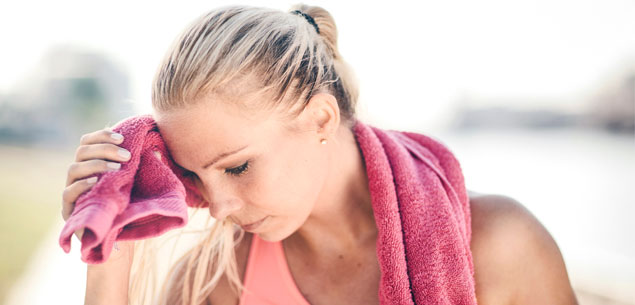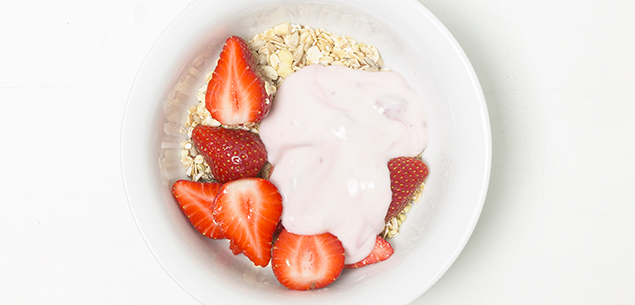What you think:
Sovereign, one of the country’s leading health insurance providers, embarked on a healthy living survey in an effort to better understand Kiwis’ thoughts on wellbeing. The findings were based on responses from 1655 New Zealanders, aged 25-74, both male and female.
Exercise appears to be a priority for many of us, with 27% exercising between one and three hours a week, and 51% wanting to increase that to five or more hours. Not so surprisingly, the majority of us have the best intentions at the start of the week, but standards start to slip on Fridays.
What to do:
Exercise never used to be something people had to find time for – it was all in a day’s work. These days, however, a lot of us are in sedentary jobs and we have to make a real effort to be active in our spare time. Most people exercise to get in shape, but the benefits of regular exercise aren’t confined to weight loss.
“For health, we need to be doing 30-60 minutes of moderate cardiovascular exercise daily,” McArthur says. This type of exercise, working at a 60 – 70% perceived rate of exertion, is enough to get your heart rate and respiratory rate up, and help to protect you from heart disease, high blood pressure, stroke, type 2 diabetes and some cancers. Regular exercisers also reduce their breast cancer risk by up to 39%.
McArthur says everyone exercises for different reasons and it’s never too late to start. “I didn’t start running until I was in my late 40s. I have now run seven marathons. I have a bucket list goal of running an ultra-marathon in Greece so that is what keeps me training. I also love training with weights because I like to see the change in my shape and the tone in my muscle.”
Like nutrition, there’s a lot of conflicting advice about what kind of exercise we should be doing and how often. CrossFit and outdoor boot-camp style workouts are taking the New Zealand fitness community by storm – but that doesn’t mean they work for everybody. McArthur’s advice is to start slow if you’re unfit – a 10-minute walk, bike or swim every second day. When you feel like your fitness has improved, it’s time to start trying different things to find what works for you. If you enjoy it, you’re more likely to be consistent and maintain a regular workout. You begin to burn fat after 20 minutes of continuous exercise and your body works to burn extra calories up to four hours afterwards.
Once you have achieved a good base level of cardio fitness, you can think about incorporating resistance training, which is using either machine weights or your own body weight to improve muscle tone. “Resistance training helps to maintain strong muscles and bones as we age. Maintaining or improving your muscle mass will keep you active and stop you becoming frail and unbalanced,” McArthur says. “Without some form of resistance training, expect to lose about half a kilo of muscle a year from the age of 35,” she adds.
Weight training also helps to prevent or even reverse insulin resistance, which is a precursor for diabetes. “I run three times a week and weight train four or five times a week. I am fit, 55 and feel fabulous,” McArthur says. “The goal is to feel fit and healthy and love your body. Don’t get too caught up in the science of it all – just get up off your butt and get moving!”
Words by: Kristina Rapley
Photographs by: Snapper Media
.jpg)

